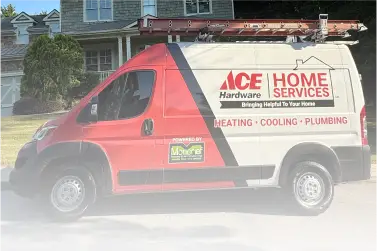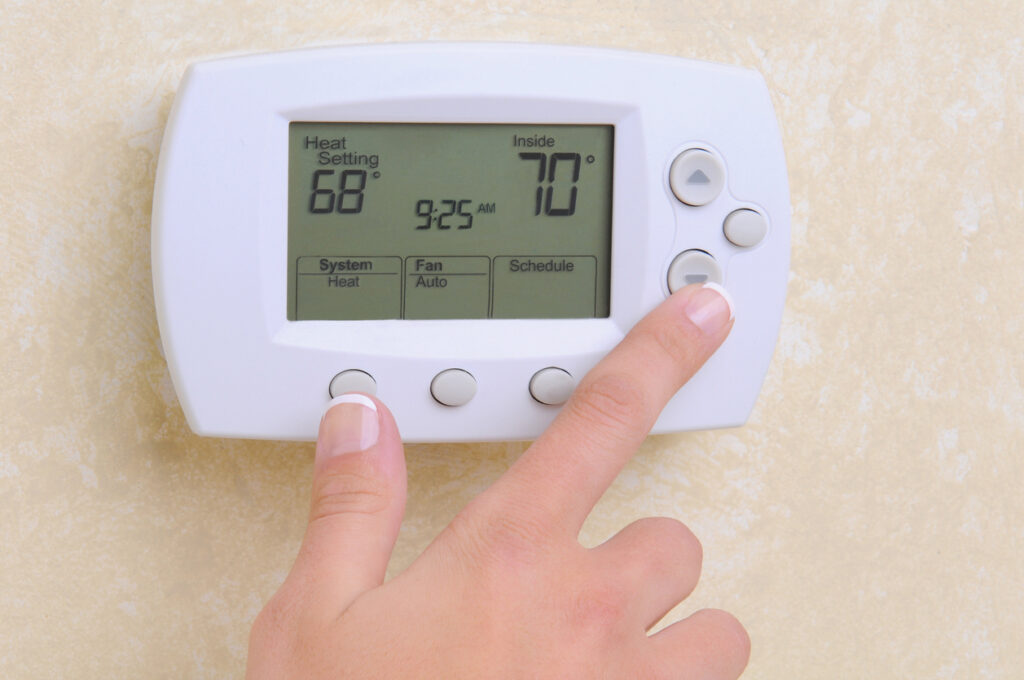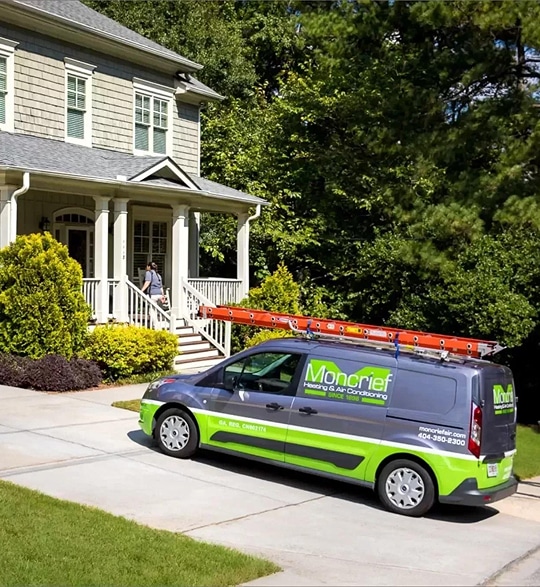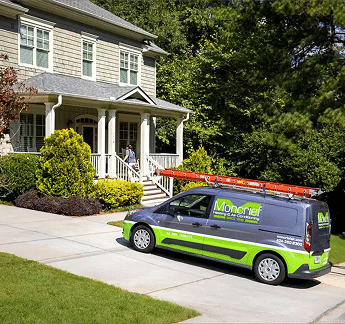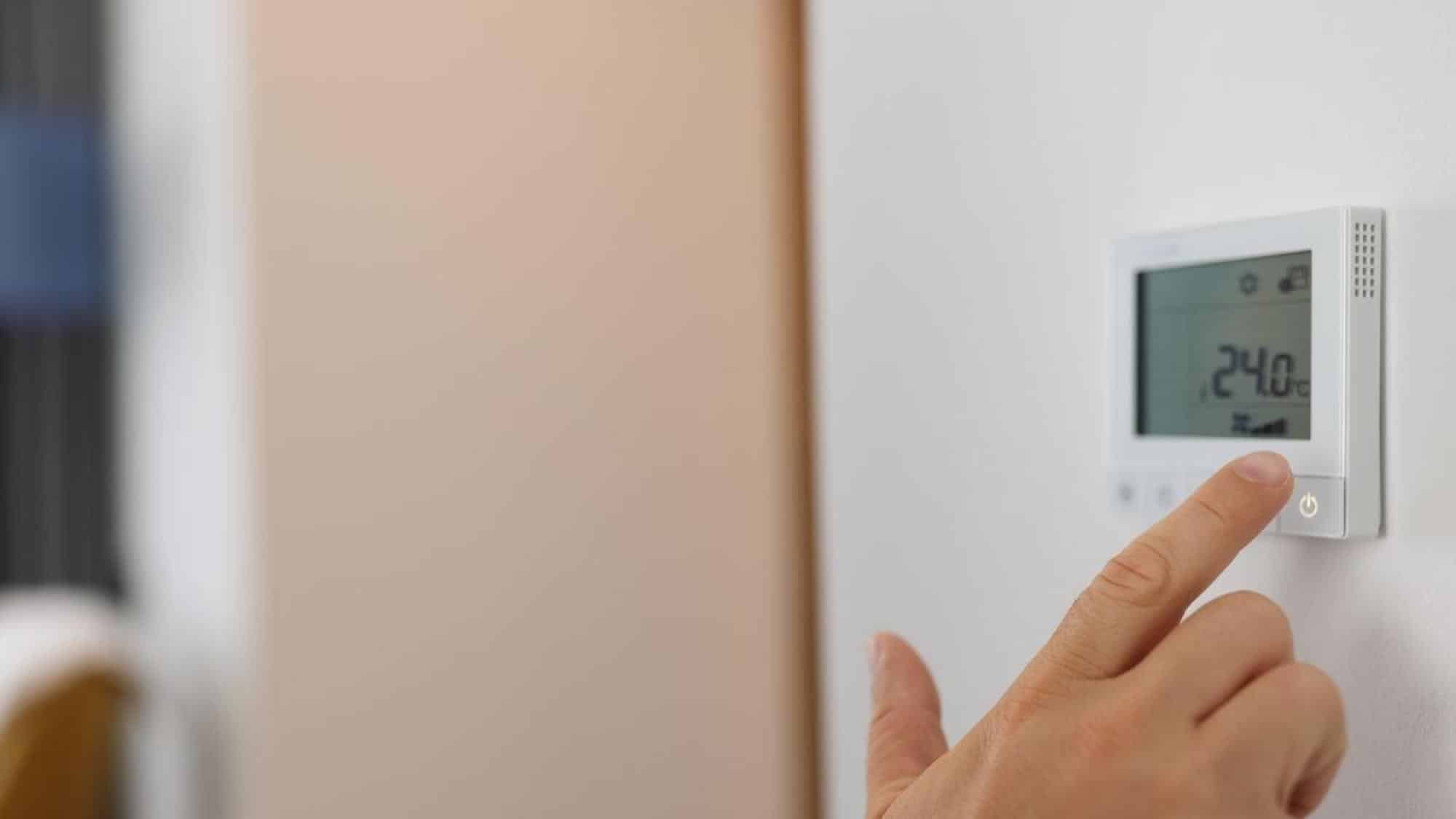
When the chill of winter sets in, ensuring your home remains a sanctuary of warmth and comfort becomes a top priority. One term you might encounter, especially if you’re navigating the complexities of your heating system, is emergency heat. But what is emergency heat, and more importantly, when should it be utilized to maintain the comfort and safety of your home environment?
The Basics of Emergency Heat
At its core, emergency heat represents a secondary heating source integrated into your heat pump system that is designed to take over when the primary system falters or when external temperatures plummet to extremes. This backup is usually a form of resistance heating, like electric heating strips or a gas furnace, that kicks in to ensure your home remains warm even when winter is at its fiercest.
How and When to Activate Emergency Heat
Activating emergency heat is something you might consider under a few specific circumstances, ensuring you’re using it wisely and efficiently.
When the Mercury Plummets
During severe cold spells, it’s advisable to engage your system’s emergency heat. This is often when outside temperatures fall below the 30 to 40 degrees Fahrenheit mark, a point at which many heat pumps lose efficiency.
In Case of Heat Pump Troubles
Should you encounter a malfunction with your heat pump—perhaps it’s not heating efficiently or at all—switching to emergency heat ensures your home stays warm. Remember, this is a temporary fix until professional repairs can be made.
Preparing for Extended Absences
Leaving your home unattended during winter? When to use emergency heat includes such scenarios to prevent pipes from freezing. However, it’s prudent to set your thermostat to a lower, yet safe, temperature to conserve energy.
Read more: What Should I Set My Thermostat to When I’m on Vacation?
During Power Disruptions
Unexpected power outages can incapacitate your heat pump. In these instances, turning on the emergency heat on the heat pump becomes relevant to maintain warmth until the primary power source is restored.
Understanding Why Emergency Heat Remains Active
Sometimes, emergency heat settings may persist longer than expected. This can be due to several reasons:
- Malfunctioning Thermostat: A faulty thermostat may fail to signal the switch back to regular heat, keeping the system in emergency mode.
- Heat Pump Issues: A non-functional heat pump necessitates the continued use of emergency heat.
- Airflow Obstructions: Dirty air filters might reduce airflow, compelling the system to rely on emergency heat for safety.
Engaging your heat pump on emergency heat is crucial for those times when your primary heating system can’t cope with the demand or in specific situations requiring a temporary heating boost. Call Moncrief Heating & Air Conditioning for expert HVAC in Virginia Highlands when you need assistance with your emergency heat.


